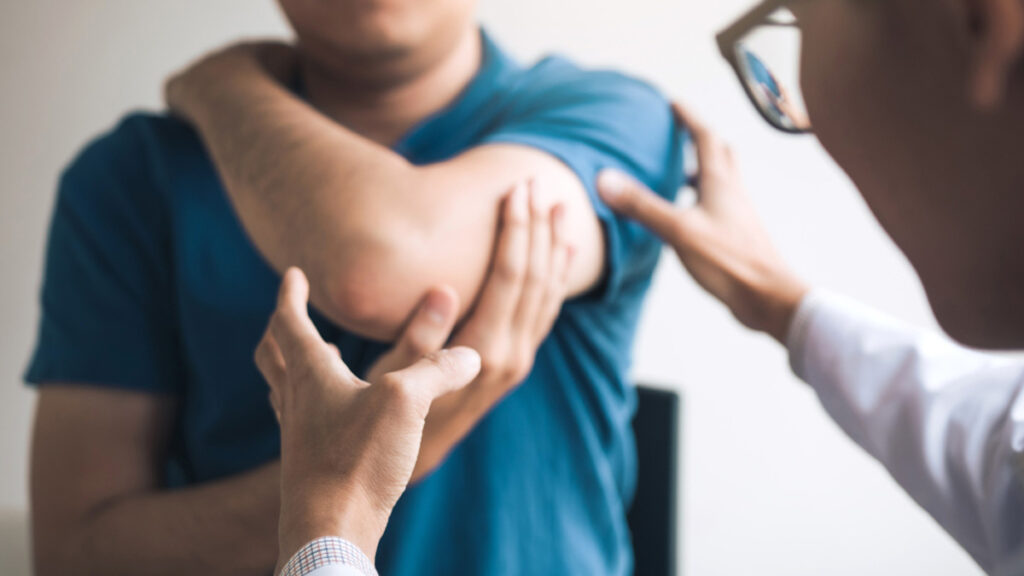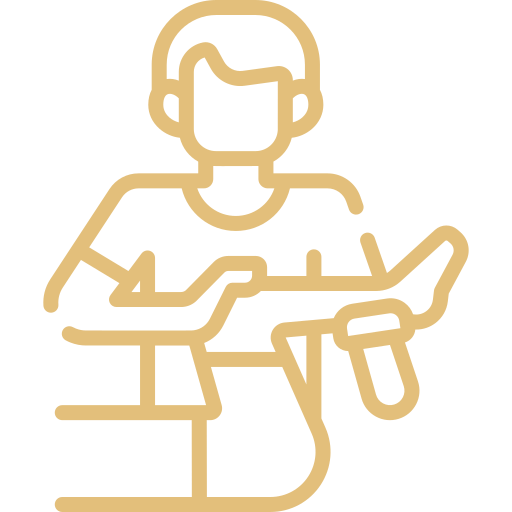Where Does It Hurt? Understanding Joint, Muscle, and Spine Conditions.
From heel pain in the morning to stiffness in the back or shoulder, musculoskeletal problems can affect how you move and feel each day.
Where Does It Hurt? Understanding Joint, Muscle, and Spine Conditions.
Where Does It Hurt? Understanding Joint, Muscle, and Spine Conditions.
Spine Conditions
Back and Neck Pain That Doesn’t Go Away? It Could Be More Than a Strain.
Spine Fractures & Tumours
Symptom Checker
What Symptoms Are You Experiencing?
Many people search for answers when they feel pain or discomfort, but symptoms don’t always point clearly to one spine or orthopaedic condition.
- Back or Neck Pain – may be linked to slipped disc, spondylosis, or spinal stenosis.
- Pain Running Down the Leg – often linked to sciatica or nerve compression.
- Shoulder Weakness or Instability – may be related to rotator cuff injuries or dislocations.
- Stiff or Painful Joints (Knee or Hip) – could be due to arthritis, meniscus, or labral injuries.
- Tingling or Numbness – may indicate radiculopathy or nerve involvement.

Orthopaedic Conditions
From Shoulder to Ankle Pain, Everyday Movement Shouldn’t Be a Struggle.
Treatments
Treatment Options Tailored to You
Not all patients require surgery. Treatment recommendations depend on your diagnosis, symptoms, and lifestyle. Here’s what a typical care journey may look like:

Consultation & Diagnosis
Medical history, examination, and imaging if needed

Non-Surgical Care
Medications, physiotherapy, braces, and lifestyle guidance

Minimally Invasive Procedures
Injections, keyhole surgeries, arthroscopy

Surgical Treatments
Spinal decompression, fusion, joint replacement when necessary
Choosing a Spine or Orthopaedic Surgeon? Here’s What You Should Know.
Choosing a Spine or Orthopaedic Surgeon? Here’s What You Should Know.
Don’t Wait for Pain to Get Worse,
Take the First Step Today.
Don’t Wait for Pain to Get Worse, Take the First Step Today.
Early consultation can ease worry, prevent complications, and guide your next steps.




